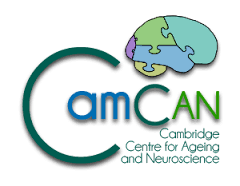CBSU bibliography search
To request a reprint of a CBSU publication, please
click here to send us an email (reprints may not be available for all publications)
The human ventrolateral frontal cortex and intended action
Authors:
OWEN, A.M.
Reference:
In W. Printz and N. Sebanz (Eds). Disorders of Volition, 329-346
Year of publication:
2006
CBU number:
5849
Abstract:
In this chapter, the role of the mid-ventrolateral frontal cortex in intended action is discussed. First, neuropsychological data is described which suggests that, in humans, damage to the frontal lobes impairs performance on a variety of tasks which are known to require willed actions or thoughts. Damage to more posterior regions of cortex do not appear to specifically affect such tasks, while more automatic, stimulus-driven 'unintended' processes are largely unaffected by frontal-lobe lesions. Second, a series of functional neuroimaging studies in humans is described which have demonstrated that an anatomically specific region within the frontal lobes, the mid-ventrolateral frontal cortex, is especially important where intended actions are required. Signal intensity changes in this region are observed in response to a variety of task demands across a number of stimulus modalities, but particularly in those circumstances where an intended action or thought is initiated. Third, lesion and electrophysiological data in the monkey is discussed which suggests that the mid-ventrolateral frontal cortex responds to a stimulus, irrespective of its modality, whenever there is an explicit requirement and an associated intention to do so.

 MRC Cognition and Brain Sciences Unit
MRC Cognition and Brain Sciences Unit

